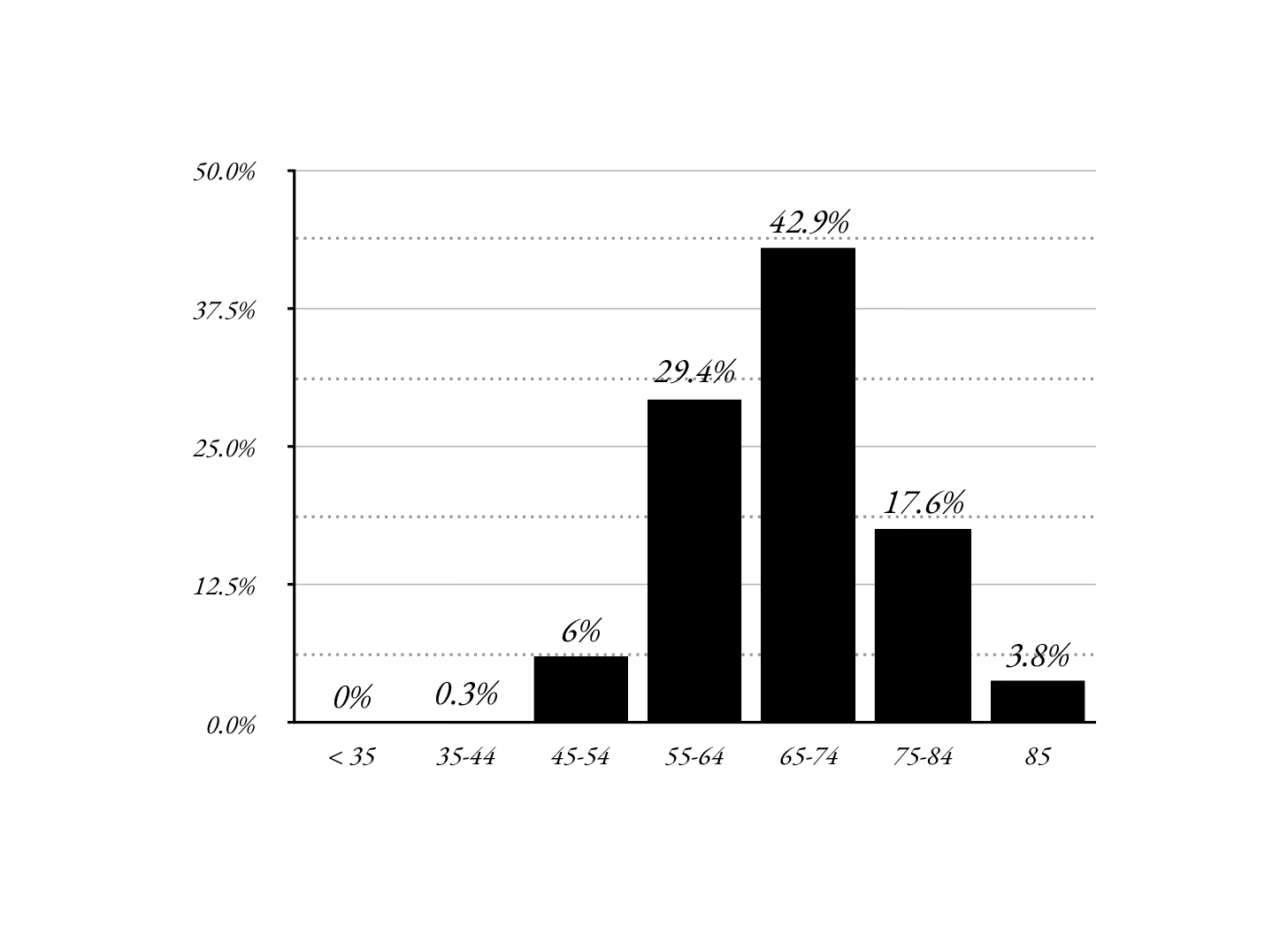Labs April 2025
Latest results and diagnosis
TL;DR
Samples: (2) Gleason 3+3 Biopsy Cores (of 12)
Decipher Score: 0.68 / 1.0 which is High Risk for future changes.
MRI: Negative / Unremarkable
PSA: 0.77 ng/mL
For those interested, here’s where things stand so far.
My biopsy sampled 12 cores in total. Cancer showed up in only 2 of them — one had 6% involvement, the other had 35%. So not widespread, but definitely present.
Both of those samples came back with a Gleason Score of 3+3, which totals 6. That’s the lowest score you can get and still be diagnosed with prostate cancer. It basically means the cancer cells look fairly similar to normal prostate cells, and they’re growing slowly. This puts me at Stage 2A — early-stage and low-risk in terms of growth and spread. Some folks even call this “not-really-cancer” cancer. That’s… misleading. It is cancer. It’s just not the kind you drop everything and hit the red button for — at least not yet.
Now, here’s where things get more interesting.
I also had a Decipher test, which looks at the genetic makeup of the tumor and predicts the odds it’ll become more aggressive. My score was 0.68 out of 1.0 — which puts me in the High Risk category. In other words, while the Gleason Score is saying “slow and chill,” the Decipher score is saying “keep your eye on this guy — he’s got potential for trouble.”
My MRI came back clean — no visible signs of anything suspicious. And my PSA is low, just 0.77 ng/mL, which is frankly a weird twist in all this. You’d expect it to be higher with confirmed cancer, but sometimes prostate cancer just doesn’t follow the rules.
Now, here’s the part that makes doctors squint a little harder: I’m 42. That’s extremely young for a prostate cancer diagnosis. 1 in 8 men are diagnosed in their lifetime, it appears as 0.3% or less of those men are under 45.
Because the usual markers — PSA, MRI, biopsy grade — are all technically “low risk,” it could be harder to track if things start to shift. The Decipher score might be the early warning, but with normal test results across the board, there’s less signal to catch if something starts to evolve.
So: low-grade, low-volume, low PSA — but a high-risk genetic profile. It’s a bit of a mixed bag. Not panic-worthy, but definitely not a “see you in a year” situation either. Next appointment in 2 weeks and then another opinion in early June.
The Journey Continues,
-rp


